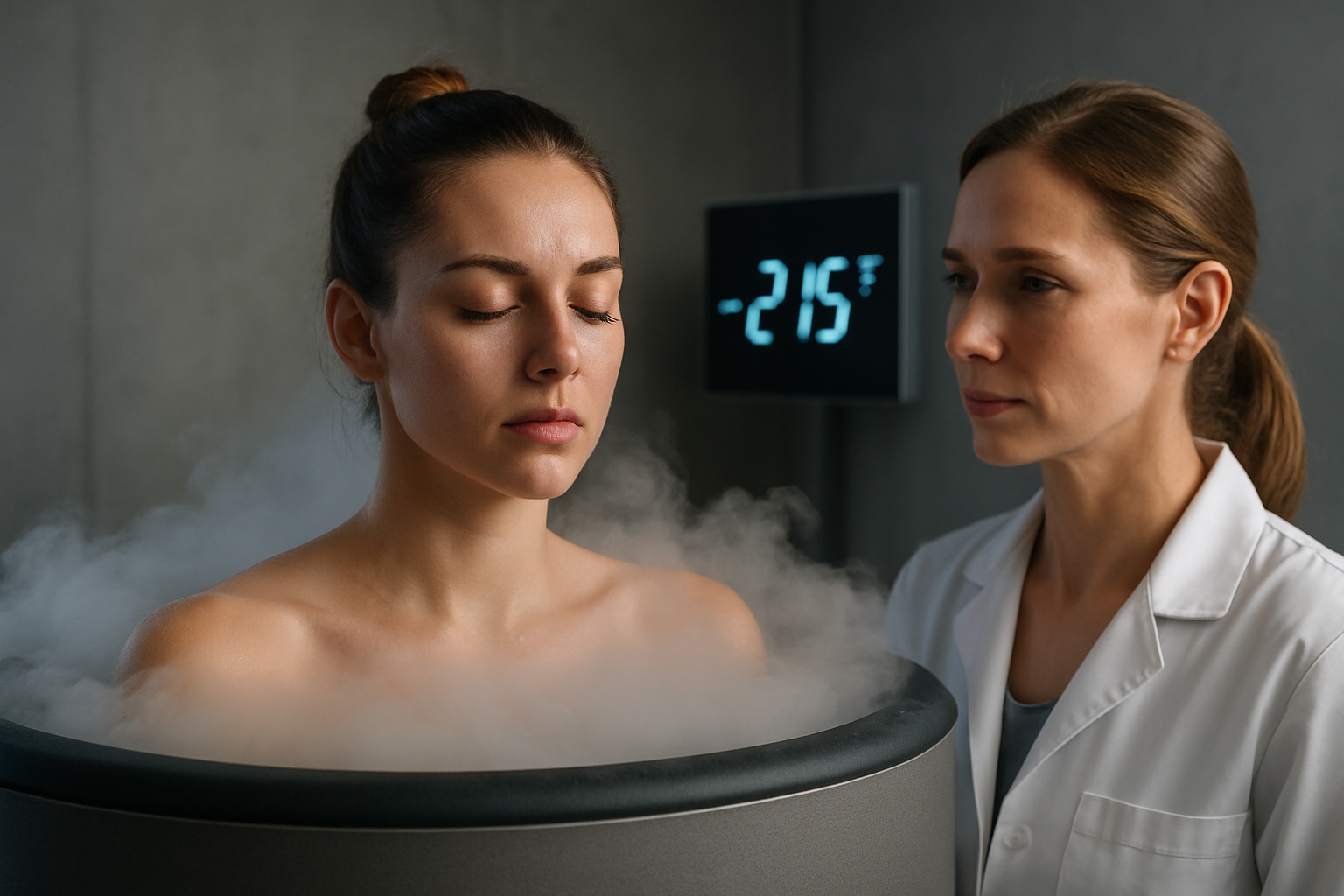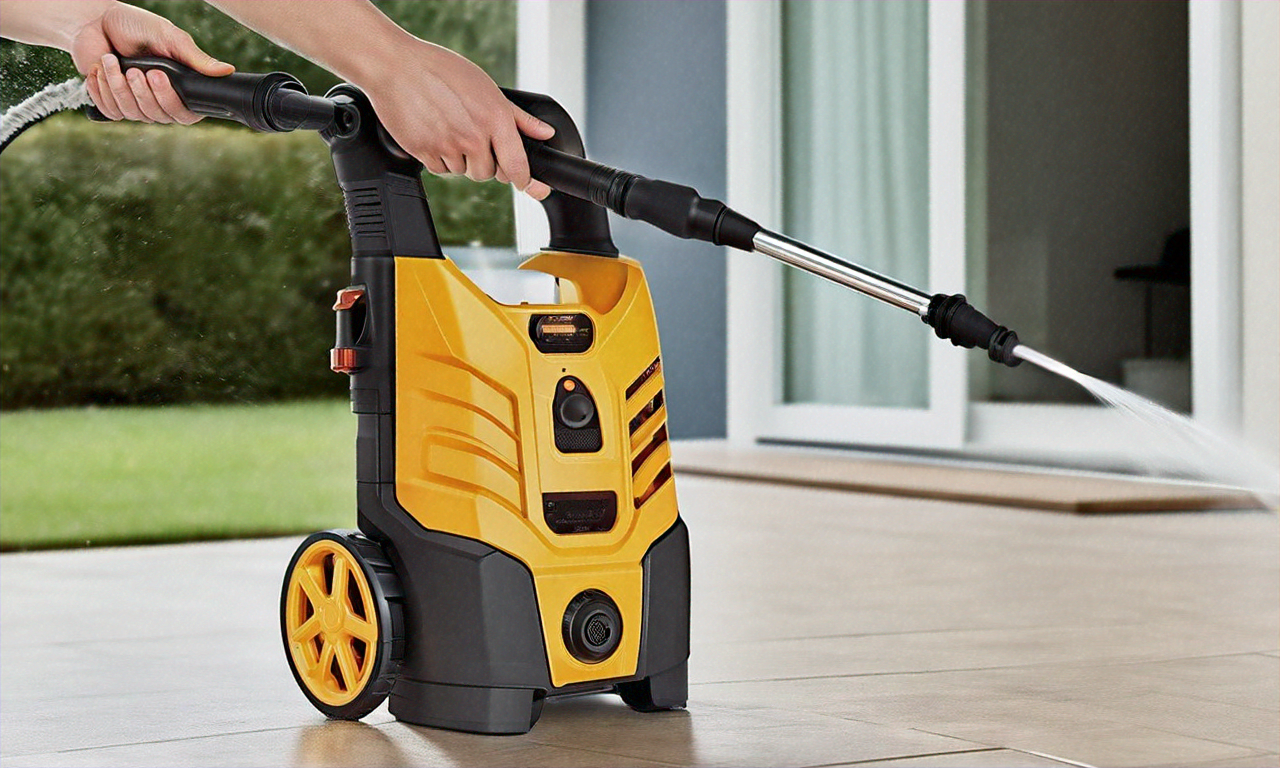Cryotherapy: The Cold Path to Beauty and Wellness
In the ever-evolving landscape of beauty and fitness, a chilling new trend has emerged, captivating enthusiasts and skeptics alike. Cryotherapy, once reserved for elite athletes and medical treatments, has found its way into the mainstream, promising a myriad of benefits for those brave enough to endure subzero temperatures. This innovative approach to wellness harnesses the power of extreme cold to rejuvenate the body and mind, offering a unique twist on traditional self-care routines. As more spas and wellness centers incorporate cryotherapy into their offerings, it's crucial to understand the science behind the frost and its potential impact on our quest for health and beauty.

Historical Context and Evolution
The concept of using cold for therapeutic purposes isn’t new. Ancient Egyptians recognized the anti-inflammatory properties of cold as early as 2500 BCE. However, modern cryotherapy as we know it today began in Japan in the 1970s when Dr. Toshima Yamauchi used extreme cold to treat rheumatoid arthritis. The treatment gradually spread to Europe in the 1980s, primarily used for sports medicine and pain management. It wasn’t until the early 2000s that cryotherapy started gaining traction in the beauty and wellness industry, with the first whole-body cryotherapy chamber in the United States opening in 2009.
Beauty Benefits: More Than Skin Deep
Proponents of cryotherapy claim it offers a range of beauty benefits, from improved skin tone to reduced cellulite. The extreme cold is said to boost collagen production, tighten pores, and increase circulation, resulting in a more youthful appearance. Some users report a post-treatment glow, attributed to the rush of oxygenated blood to the skin’s surface. Additionally, the cold exposure may help reduce puffiness and inflammation, offering a natural alternative to traditional facial treatments.
Fitness and Recovery Revolution
In the fitness world, cryotherapy has become a go-to recovery method for athletes and fitness enthusiasts alike. The extreme cold is believed to reduce muscle soreness and inflammation, potentially speeding up recovery time between workouts. Some studies suggest that cryotherapy can increase metabolism and boost fat burning, though more research is needed to confirm these effects. The treatment’s ability to release endorphins and adrenaline has also made it popular among those seeking a natural energy boost.
The Cryotherapy Experience: What to Expect
For first-timers, the thought of voluntarily subjecting oneself to sub-zero temperatures can be daunting. A typical session begins with a brief health screening to ensure the treatment is safe for the individual. Participants then don protective gear, including gloves, socks, and shoes, to prevent frostbite. The actual exposure lasts only a few minutes, during which many report feeling an intense cold that’s surprisingly manageable. Post-treatment, users often describe a rush of energy and heightened sense of well-being, attributed to the release of endorphins and the body’s natural healing response.
Weighing the Risks and Rewards
While cryotherapy shows promise in the realms of beauty and fitness, it’s not without its controversies and potential risks. Critics argue that many of the purported benefits lack substantial scientific backing, calling for more rigorous studies to validate claims. Safety concerns have also been raised, particularly regarding the risk of frostbite and other cold-related injuries if proper protocols aren’t followed. Moreover, certain health conditions may preclude individuals from safely undergoing cryotherapy, highlighting the importance of consultation with a healthcare provider before trying the treatment.
The Future of Frost: Industry Trends and Innovations
As cryotherapy continues to gain popularity, the industry is evolving rapidly. Portable cryotherapy devices for at-home use are hitting the market, making the treatment more accessible to a wider audience. Some spas are experimenting with combining cryotherapy with other wellness treatments, such as infrared saunas or meditation sessions, to create comprehensive wellness experiences. Additionally, research into targeted cryotherapy for specific beauty concerns, such as scalp treatments for hair growth or localized applications for cellulite reduction, is ongoing.
In conclusion, cryotherapy represents a fascinating intersection of ancient wisdom and cutting-edge technology in the pursuit of beauty and wellness. While more research is needed to fully understand its long-term effects and optimal use cases, its growing popularity suggests that the cold may indeed hold some intriguing benefits for those willing to brave the chill. As with any emerging trend, potential users should approach cryotherapy with a balanced perspective, weighing the potential benefits against the risks and consulting with professionals to determine if it’s the right fit for their individual health and beauty goals.




